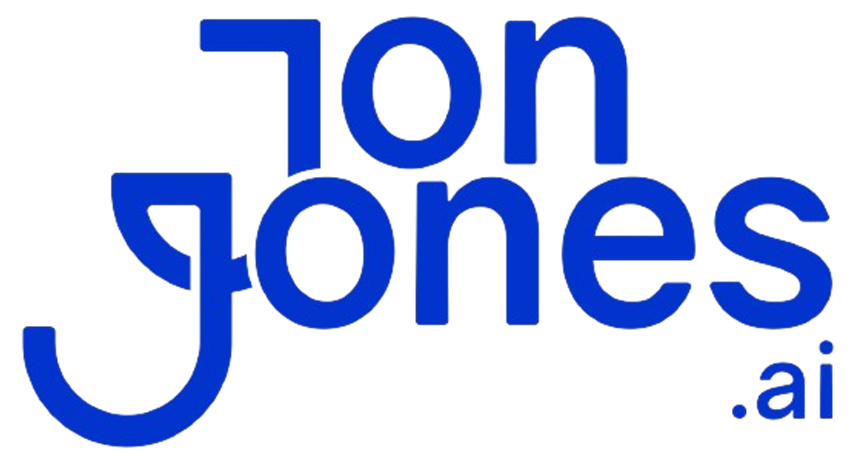As businesses expand, they often face a surge in projects, deadlines, and client demands. Growth can feel energizing, but mounting tasks place heavy strain on teams. When staff members routinely tackle full plates, stress accumulates and burnout starts to appear. Over time, even employees with strong commitment may question whether they can keep pace. With stakes high for both individuals and the company, managers must weigh performance targets against team health.
Striking a workable balance between output and employee well-being calls for smart resource management. Software tools in this category go beyond simple calendar entries. They track available hours, skill sets, and assignment levels at both the team and individual level. With a clear picture of who holds capacity and who might need relief, leaders can shape workloads that sustain productivity and guard against exhaustion.
Resource planning platforms deliver a consolidated view of current assignments, upcoming tasks, and gaps in expertise. Decision-makers can ask key questions: Which staff members still have open capacity? Who carries too heavy a load? Are there missing skill sets for new projects? Is task allocation proactive or reactive?
Retain’s real-time resource management system extends visibility into actionable steps. By matching tasks to employees based on capacity, availability, and proven skills, managers cut down on overfilling calendars and eliminate bottlenecks. The tool flags potential conflicts and alerts leaders before overload takes root. This level of precision keeps daily operations moving without forcing teams into constant firefighting mode.
The platform’s design prioritizes ease of use, so learning curves stay minimal. Through a drag-and-drop interface, managers can slot team members into project timelines in moments. Forecasts for upcoming weeks or months appear with a glance, and last-minute changes can be handled without scrambling through spreadsheets. Swift reassignments and balanced schedules translate to higher team morale and consistent client delivery.
Many professionals recall seasons of long hours, nonstop requests, and an urge to say yes to every task. When that becomes the rule rather than an exception, fatigue sets in. Employees end up with reduced creativity, waning motivation, and growing health concerns. Leaders seeing signs of such strain need tools and approaches that spot trouble before it worsens—so teams stay engaged and healthy.
A Gallup survey shows 76 percent of workers face burnout at some point in their careers. This goes well beyond a brief slump in energy. Extended periods under persistent pressure spark ongoing stress, rising anxiety levels, disengagement, and serious impacts on mental and physical health. By shining a light on overextension, organizations gain the chance to intervene early and guide staff back toward a balanced rhythm.
Burnout rarely stays isolated. When one team member struggles, peers often compensate, triggering a chain reaction that spreads fatigue. Soon the entire group works under elevated pressure, morale begins to slip, and overall performance falters. Catching these patterns early prevents a downward spiral that can derail major initiatives and shatter team confidence.
Addressing overwork requires a forward-thinking stance. With Retain’s analytics, managers track workload trends over days, weeks, and months. Pressure points become visible on dashboards, making it easier to shift deadlines, rebalance assignments, or suggest paid time off. Small adjustments at the right moments bring relief to overtaxed staff and keep project timelines intact. To manage upcoming busy periods, plans include breathing room rather than demanding constant catch-up sprints.
Employee exits linked to burnout carry steep financial and operational tolls. Onboarding replacements involves recruitment fees, training periods, and loss of institutional knowledge. Interruption to project momentum can cost far more than the investment in systems that uphold balanced working conditions. Businesses that prioritize resource visibility stem turnover and maintain a smoother workflow.
The Work Institute finds 22 percent of resignations arise from workload pressures and limited career development. Employees with no path forward or chance to recover from peak periods usually choose to depart. Rather than seeing turnover as inevitable, leaders can leverage planning software to spot at-risk team members and step in before they decide their next move lies elsewhere.
Retain lets organizations visualize task distribution down to the individual level, displaying charts that highlight who carries the heaviest loads. Armed with these insights, supervisors can pose critical questions such as, “Is this workload sustainable?” before someone submits notice. By catching stress earlier, they reduce avoidable departures and bolster retention, preserving trained talent and the efficiency that comes with staff continuity.
Long-term resource planning emerges from trend data, enabling leaders to craft more sustainable staffing patterns. Seasonal busy seasons, frequent overtime spikes, or recurring skill gaps surface in reports. Teams gain trust when leaders address chronic issues instead of leaving them unattended. This approach nourishes loyalty, boosts engagement, and builds an organization culture where people feel seen and supported.
Employee morale often ties directly to customer outcomes. Staff who feel backed deliver timely responses, think creatively, and maintain higher consistency in service quality. Clients sense that steadiness, leading to stronger relationships, repeat business, and positive recommendations across professional networks.
When teams suffer exhaustion or loss of purpose, deadlines slip, mistakes multiply, and customer satisfaction erodes. These breakdowns not only damage brand reputation but also trigger added workload as staff scramble to fix issues. A proactive staffing approach cuts those risks back.
Predictive features in Retain allow companies to build realistic project roadmaps with room for unplanned tasks. Flexible schedules prevent last-minute rushes, reduce stress, and keep client commitments on track. Forecast modules compare upcoming task loads against team capacity, making it clear when to hire temporary help or realign resources before stress peaks.
With clear visibility into future obligations, team members know their roles, deadlines, and how their work slots into broader initiatives. That clarity cuts uncertainty and loosens the grip of unexpected chaos. Consistent predictability builds trust both among staff and with external stakeholders, reinforcing a reputation for dependability.
Embedding steady resource oversight into leadership routines helps keep workloads balanced:
- Monitor assignments daily with resource charts, stepping in when imbalances appear.
- Cultivate an atmosphere where staff can speak up about overload without fear of pushback.
- Offer flexible arrangements such as remote days or shifted hours so people regain control over their schedules.
- Celebrate both major accomplishments and the smaller efforts that keep projects rolling.
- Review planned tasks every quarter to smooth out peaks and valleys in work intensity.
- Leave unassigned slots in the project calendar to absorb urgent requests without stretching teams past their limits.
Burnout and turnover impact every corner of the business, from budgets and project timelines to team morale and client loyalty. Adopting a resource management solution that pairs actionable visibility with data-driven strategy equips leaders to replace reactive tactics with thoughtful planning. Organizations that protect team capacity create environments where people choose to stay, thrive, and grow — a foundation for sustainable success.






